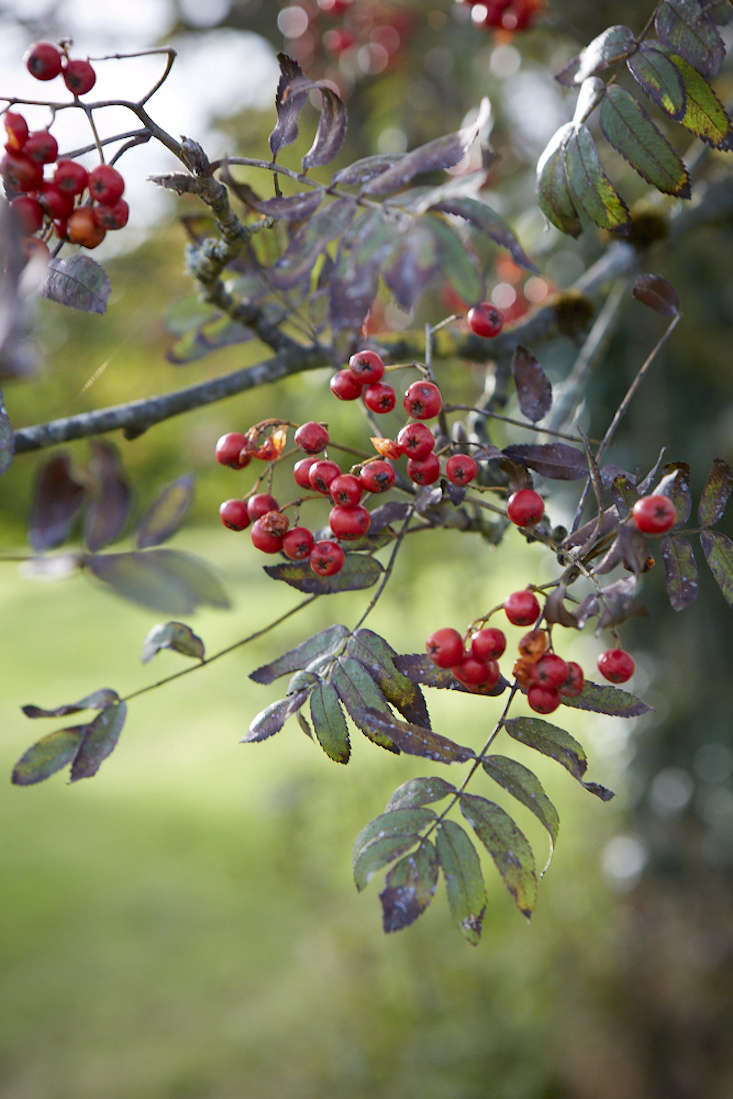A mini, micro, or small-footprint forest is a resilient alternative to the garden staple of lawn and trees. Don’t let the word “forest” put you off; the modest scale of this approach to re-balancing your backdoor ecology is eminently achievable. Also known as the Miyawaki Method, a mini forest can work within a more conventional garden or park when it is planted into an area of at least 12 by 12 feet, or ideally a bit bigger, the size of a former tennis court or a section of parkland. The point is to implement an ecosystem that is cooling, self-sustaining, and nourishing to the soil—as well as the animals below and above ground (including us).
Part of the appeal of mini forests is that they are quick to establish, with some soil preparation and the kind of research that would pique the interest of anyone curious about their neighborhood. Which of the trees, shrubs, and perennials that you see around the highways and byways are native to a particular region? It is these hyperlocal plants that will make up your mini forest, nurturing maximum biodiversity in a small, layered community.
To learn more about the Miyawaki Method, read on.
Photography by Britt Willoughby Dyer, except where noted.

The idea of a fast-growing mini forest was devised by the late botanist Dr Akira Miyawaki, whose concern with remedial afforestation in the 1970s led to a close study of Japan’s primordial forests. The essence of his idea is to grow young, indigenous plant species close together, mimicking the interactive community of an ancient forest. He saw that a forest environment could be fast-tracked: instead of taking hundreds of years to reach maturity, a mini forest gets there in a few decades, and is self-maintaining after only three years. From an overheated, shadeless patch of lawn springs an environment that holds moisture, cools the air, provides habitat and food for pollinators and birds, conditions the soil, and stores carbon.

It is not difficult to compile lists of local, native trees, shrubs, and herbaceous plants with the online resources of state parks and botanical societies (such as the Pollinator-Friendly Native Plant Lists of the Xerces Society, filtered state by state). Innovative retailers are beginning to spot a gap in the market: Izel Native Plants in Washington DC source and sell plants endemic to specific regions as far west as the Dakotas.
In Europe, forward-thinking Dutch company IVN sends out a ready-selected Tuiny Forest (tuin is the Dutch word for garden) designed for a garden of 65 square feet (which can be roughly measured by tying the ends together of a rope that is 33-feet long, and lassoing it over an area). Within this is included five trees, five shrubs, seeds for 27 types of herbaceous plants, and a soil improver to get it going. To establish cool conditions from the off, they suggest adding a layer of straw.

Soil preparation is key to establishing anything that is intended to be self-sustaining, whether a desert or forest garden. A loose, fertile soil that has good drainage but retains moisture is pretty ideal for most plants, and a mini forest will only add to this, making its own leaf litter and creating the cooler conditions that trees prefer at their feet. Urban soil is typically compacted: after breaking up the ground it is essential to add a very generous layer of local and organic top soil, of 7 to 12 inches in depth. Incorporate soil improver or mycorrhizal fungi.
A Tuiny Forest includes European native hornbeam, field maple and willow, sent out at as young tree whips under 3-feet high. When these are grown closely together as they might be in a hedge, they stay small. With pruning, a mini forest can be less than 10-feet high.

It has taken an environmental crisis to shine a spotlight on the potential of mini forests, and the effect that they can have as a network. Tiny forests in gardens are joined by larger versions in public parks, which have the space for more detailed layers involving large trees (like oak and walnut), a lower tree layer followed by shrubs (including wild roses), herbs, ground cover, climbers, and vines. On the edges of East London, vast Victorian parks are beginning to sport mini forests, thanks to a forward-thinking council and local community who want to be involved in urban ecosystem regeneration. “If you can find enough small green spaces to plant into, this can be hugely beneficial to air quality,” says the ranger service team leader Gareth Winn. Planted between a school or business and a main road, mini forests are pollution and sound buffers. They also give people the opportunity to be involved in nature in their own neighborhood.

How to Plant a Mini Forest
• Choose a site that is at least 12 x 12 feet.
• Carefully observe the plants in your neighborhood, their growing patterns and interactions, from neglected spaces to parks.
• Draw up a list of native plants that would work for you—not just natives but hyperlocal plants: a mix of evergreens, deciduous trees and shrubs, and perennials.
• Prepare a nutritious and moisture-retentive soil, with an eye toward longevity—in other words, don’t rush this part.
• Maximum native species create maximum biodiversity: buy a range of saplings that are 2- to 3-feet high.
• Lay the plants out by separating species for variety and random height. Aim for three to five saplings per 3 square feet.
• Mulch, water once a day for first few months, and weed while the plants are filling out.

For more on sustainable gardening, see:
- The Gardener King: The New British Monarch’s Passion for Sustainable Gardening
- Where the Wild Ramps Grow: Lessons in Sustainable and Sensible Foraging
- The Garden Decoder: What Is ‘Permaculture’?








Have a Question or Comment About This Post?
Join the conversation